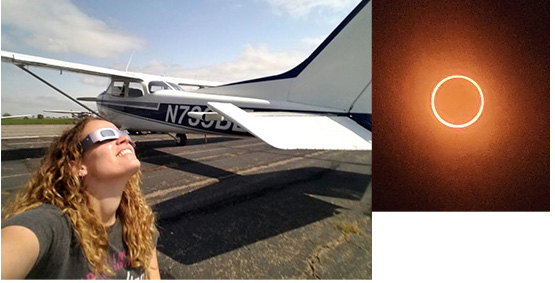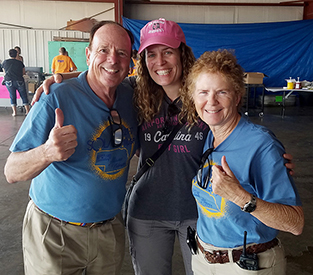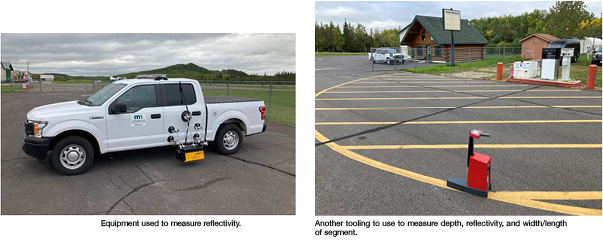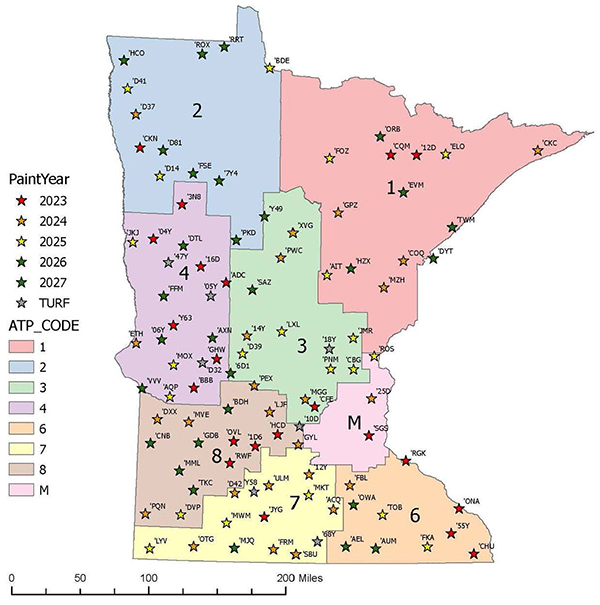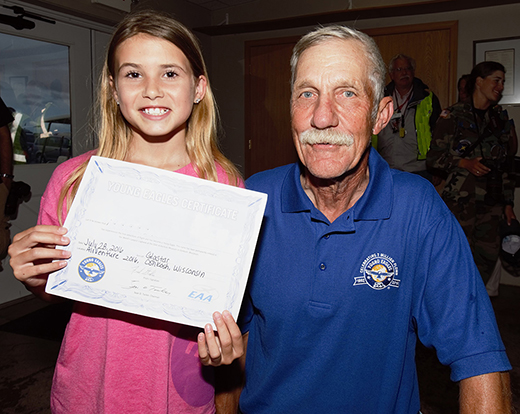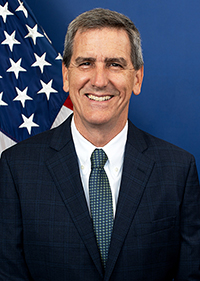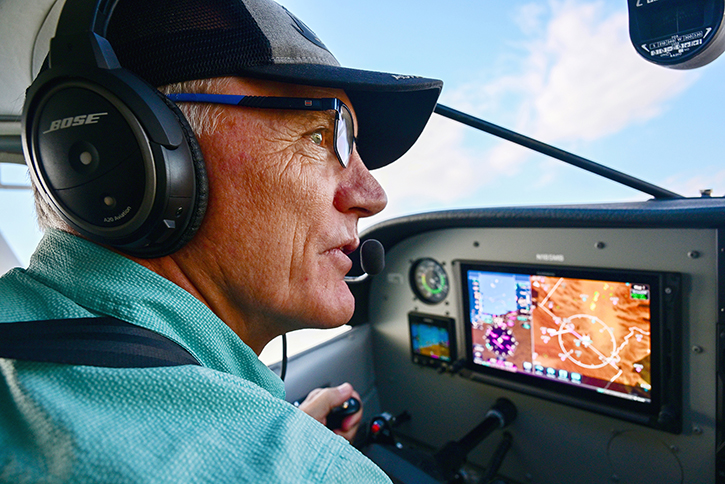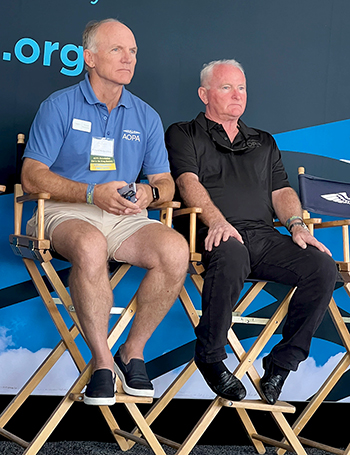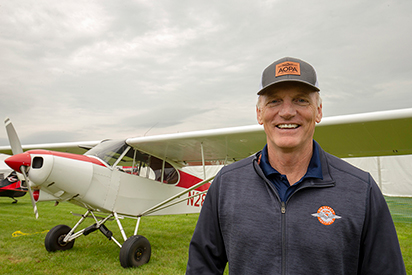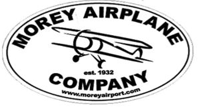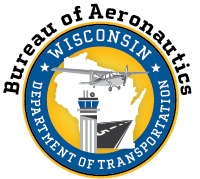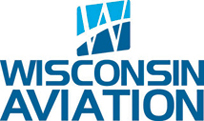Published in Midwest Flyer Magazine December 2023 Digital Issue
The Excellence in Visionary Leadership Award is the highest honor given to an active airport CEO/Director.
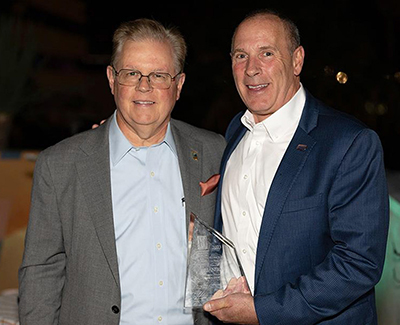
(L/R) ACI-NA President and CEO Kevin M. Burke presented MAC Executive Director and CEO Brian Ryks with the ACI-NA Excellence in Visionary Leadership Award on Oct. 2, 2023.
MINNEAPOLIS-ST. PAUL – Airports Council International – North America (ACI-NA) announced that Brian Ryks, executive director, and CEO of the Metropolitan Airports Commission (MAC), is the 2023 recipient of the “Excellence in Visionary Leadership Award.” The award is the highest honor given to an active airport CEO/Director by ACI-NA, the trade association representing commercial service airports in the United States and Canada.
Ryks has led the MAC’s seven-airport system in Minnesota since 2016, which includes Minneapolis-St. Paul International Airport (MSP) and six general aviation airports in the Twin Cities. MSP has received the Best Airport in North America Award through the Airports Council International (ACI) global Airport Service Quality (ASQ) program for six out of the past seven years.
“I’m honored to receive this incredible recognition on behalf of the Metropolitan Airports Commission and the talented people on my team in Minnesota,” said Ryks. “I’m thankful for the many stakeholders and employees I’ve served who have supported a commitment to excellence, innovation, and customer service that builds community and global connections, drives economic growth, and fosters greater understanding of an airport’s purpose within the community.”
The Excellence in Visionary Leadership Award was announced on Oct. 3 during the 2023 ACI-NA Annual Conference and Exhibition in Long Beach, Calif.
“Over the course of his decades-long career in the airport industry, Brian Ryks has continually established himself as a dynamic and respected leader,” said ACI-NA President and CEO Kevin M. Burke. “Because of Brian’s diligent efforts, the Metropolitan Airports Commission’s system of airports has grown into one of the most efficient and best rated airport organizations in North America. We are thrilled to recognize his many contributions to the MSP region and the greater airport industry with our 2023 Excellence in Visionary Leadership Award.”
“Brian has succeeded in every stop along his career. We’re fortunate for his collaborative leadership, acute business sense, community engagement, and compassion for the strong and diverse workforce that supports the daily operations of our airports in the region,” said MAC Chair Rick King. “He’s assembled and led a rock-steady team that guided the organization through the many challenges of the pandemic while exceeding in the highest levels of service through the ongoing recovery.”
The award honors Ryks’ 37 years in the airport industry, where he has served at every level—a career that began at the MAC in 1986 as a noise technician. In his two decades in airport management, he was part of a team that developed Denver’s new airport. He went on to manage airports in Aberdeen, SD; St. Cloud, MN; Duluth, MN; Grand Rapids, MI; and then back to Minneapolis, MN.
Ryks’ leadership and vision have been integral for conceptualizing programs, such as MAC’s 2023-2027 Enterprise Strategic Plan. This plan sets the MAC’s future in motion—incorporating goals that recognize pandemic-led changes in the industry, while ensuring continued operational efficiency and growth. Ryks has led transformations in sustainability and consumer-focus, utilizing the insights of experts and demographic data that allow for holistic improvements to the airport experience. He is also a strong industry advocate for air travel accessibility. He recently testified on Capitol Hill about MSP’s accessibility programs to the House Transportation and Infrastructure Subcommittee on Aviation urging lawmakers to support funding for infrastructure investments.
About The Metropolitan Airports Commission (MAC)
The Metropolitan Airports Commission (MAC) owns and operates one of the nation’s largest airport systems, including Minneapolis-St Paul International (MSP) and six general aviation airports. The MAC’s airports connect the region to the world and showcase Minnesota’s extraordinary culture to millions of passengers from around the globe who arrive or depart through MAC airports each year. Though a public corporation of the State of Minnesota, the organization is not funded by income or property taxes. Instead, the MAC’s operations are funded by rents and fees generated by users of its airports. For more information, visit www.metroairports.org.








